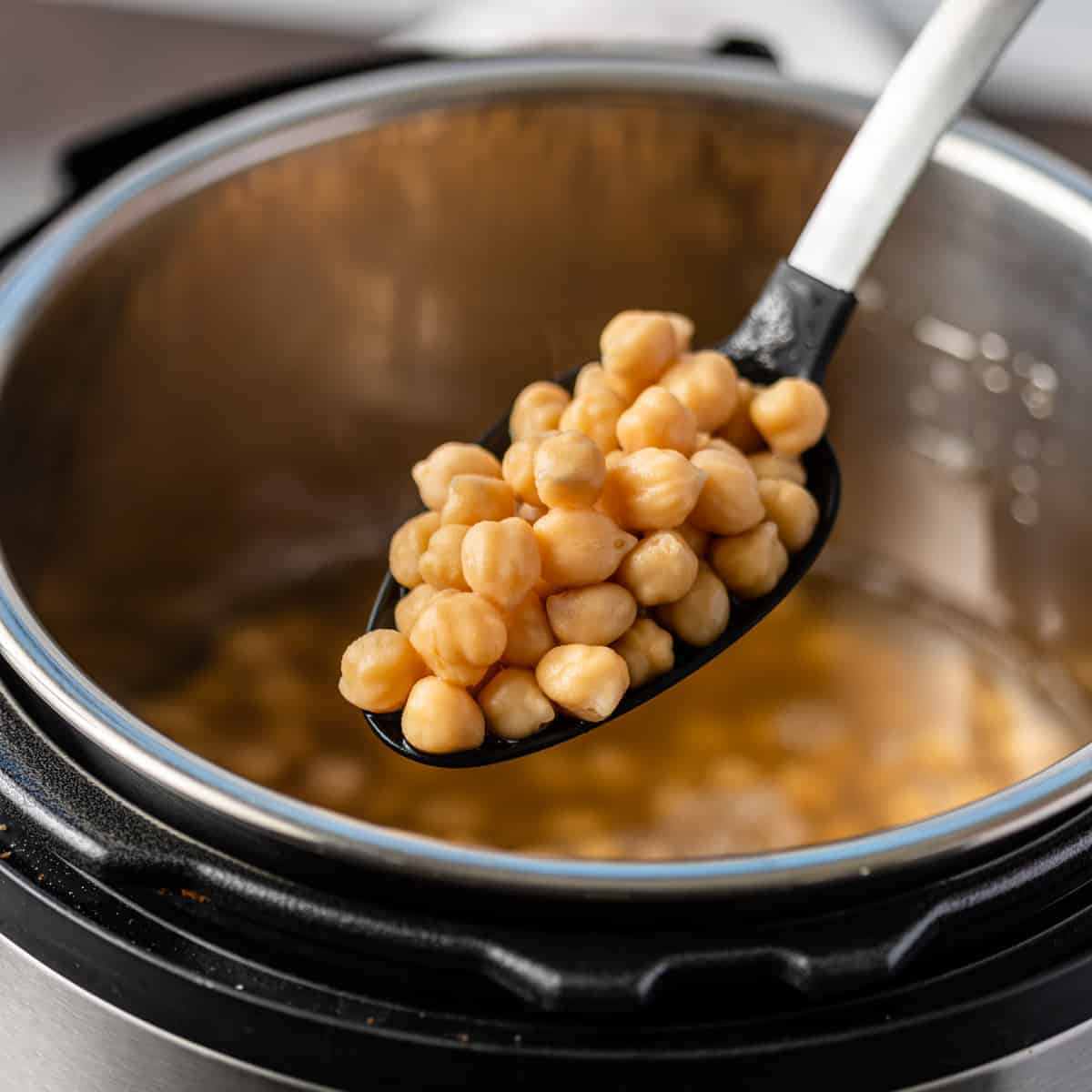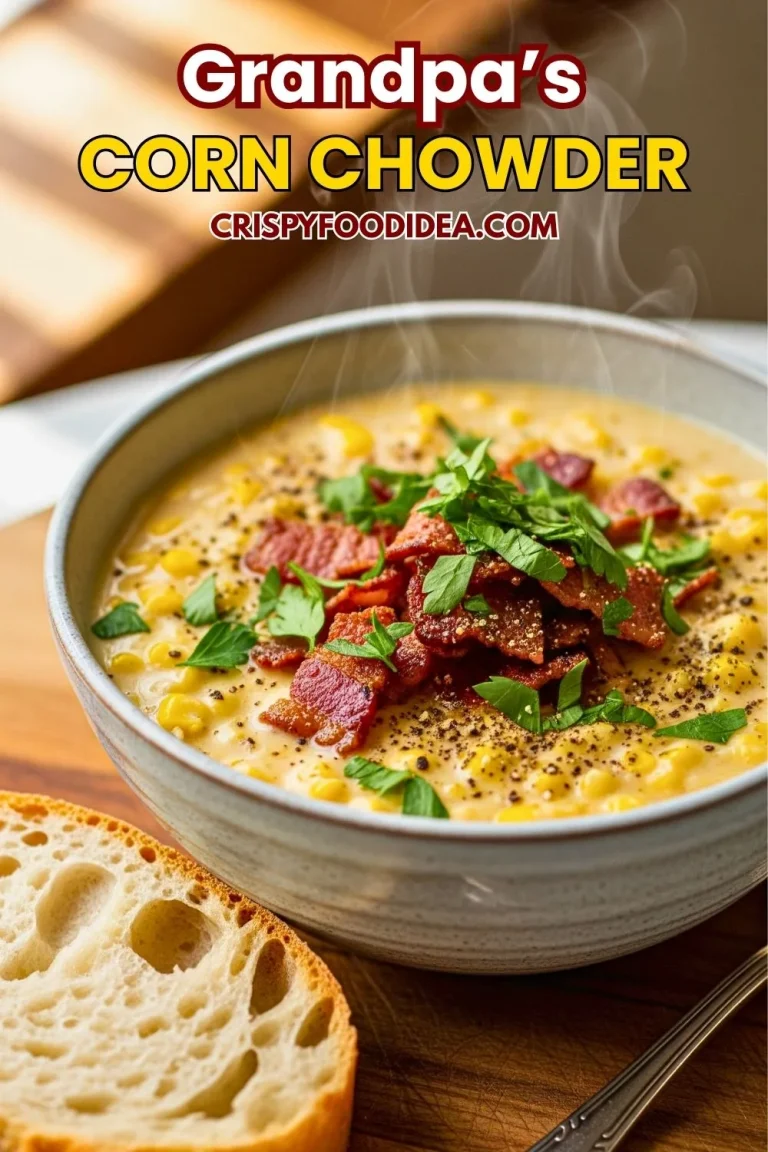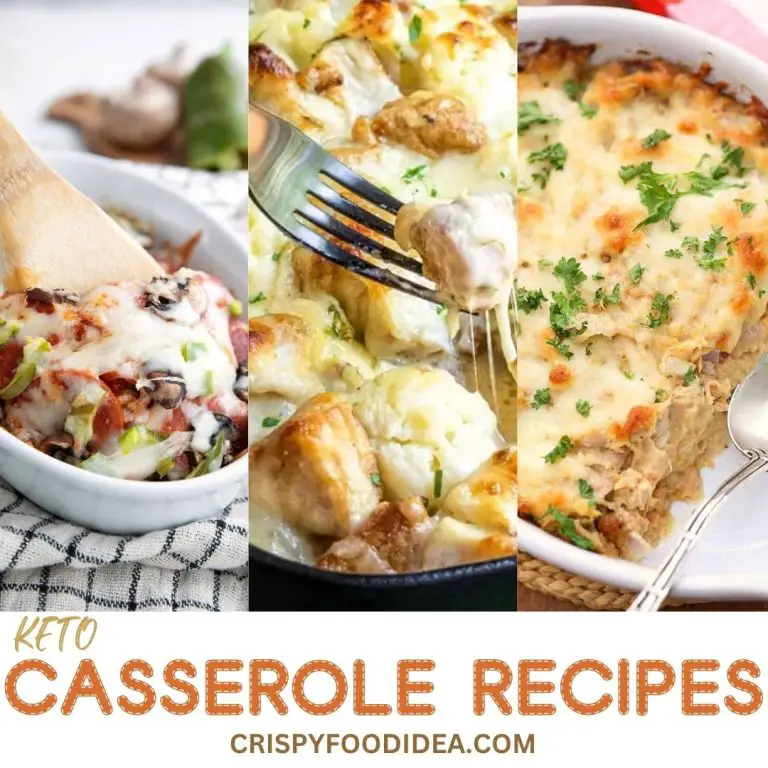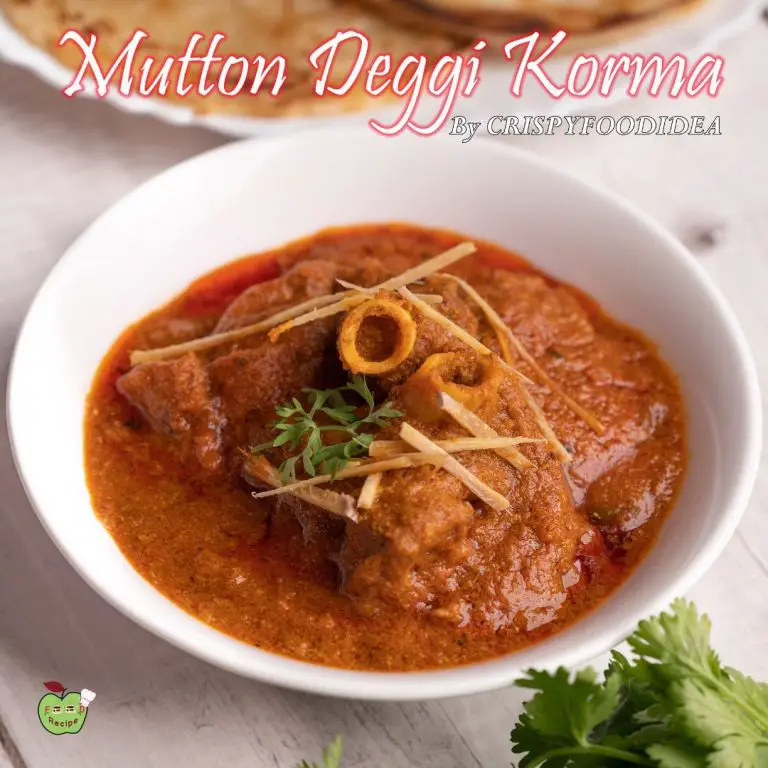21 High Protein Chickpea Recipes You’ll Love | Vegan & Vegetarian Meal Ideas
Here are easy high protein chickpea recipes that are healthy, satisfying, and perfect for meal prep. These chickpeas are a powerhouse of nutrients that deserve a permanent place in your kitchen, especially for those on a vegetarian, vegan, gluten-free, or high-protein plant-based diet.
With over 14 grams of protein per cup, chickpeas (also known as garbanzo beans) are one of the best plant-based protein sources. They’re versatile, budget-friendly, and packed with fiber, iron, magnesium, and antioxidants — making them a top choice for those looking to build muscle, lose weight, or maintain overall health.
Here, I’ve gathered up 21 high protein chickpea meals that range from savory curries and crunchy salads to delicious wraps, vegetarian bowls, and even protein-packed entrees. These easy chickpea recipes are perfect for meal prep, quick weeknight dinners, or post-workout snacks.
💪 Benefits of Chickpeas for a High Protein Diet
Chickpeas, also known as garbanzo beans, are a top choice for plant-based protein sources. With over 14.5 grams of protein per cooked cup, they are ideal for anyone following a high protein vegan diet, vegetarian lifestyle, or simply looking for healthy meat alternatives.
🌱 High in Plant-Based Protein
Each cup of cooked chickpeas contains 14.5g of protein, making them perfect for muscle building, weight loss, and energy.
🧠 Rich in Nutrients
Chickpeas are a great source of fiber, magnesium, folate, iron, and zinc – all essential for a balanced, high-protein vegetarian diet.
🔥 Supports Weight Loss
High fiber content keeps you fuller for longer, helping with appetite control and fat loss while maintaining lean muscle.
💚 Heart & Gut Health
Their low glycemic index and soluble fiber content contribute to better heart health and improved digestion.
📚 Learn more: Healthline’s Guide to Chickpea Nutrition
🌱 How to Cook Chickpeas Perfectly (Step-by-Step Guide)
Learning how to cook chickpeas the right way is essential for making delicious, high protein chickpea recipes. Whether you’re using dried chickpeas or canned ones, this guide ensures tender, flavorful legumes every time — ideal for salads, curries, stews, and meal prep.
🥣 From Dried Chickpeas:
- Soak: Soak 1 cup of dried chickpeas in 3 cups of water overnight (8–12 hours).
- Rinse: Drain and rinse well.
- Boil: Add to a pot with water (3:1 ratio), bring to a boil.
- Simmer: Cook for 45–60 minutes until tender. Add salt in the last 10 minutes.
- Store: Cool and refrigerate in an airtight container for up to 5 days, or freeze for longer shelf life.
🥫 From Canned Chickpeas:
- Drain and rinse under cold water to reduce sodium and improve flavor.
- Optional: Simmer for 5–10 minutes with a pinch of salt and garlic to enhance taste.
💡 Pro Tips for Perfect Chickpeas:
- For ultra-creamy chickpeas, add 1/4 tsp baking soda while boiling.
- Want crispy roasted chickpeas? Bake at 400°F (200°C) for 25–30 mins with olive oil & spices.
- Use cooked chickpeas in high protein vegan meals, bowls, or stews.
💪 Tips for Maximizing Protein in Chickpea Recipes
Want to make your high protein chickpea meals even more powerful? These expert tips will help you unlock the full potential of chickpeas as a plant-based protein powerhouse.
🌾 Combine with Whole Grains
Pair chickpeas with high-protein grains like quinoa, brown rice, farro, or even bulgur. These combinations create a complete amino acid profile, ideal for building lean muscle and boosting satiety.
🥬 Add More Plant Proteins
Increase protein by adding tofu, tempeh, lentils, edamame, or hemp seeds to your chickpea recipes. These high-protein vegan ingredients complement chickpeas for a nutrient-dense meal.
🧂 Season for Better Absorption
Add ingredients like lemon juice, turmeric, or black pepper to improve nutrient bioavailability, particularly iron and zinc. These help your body absorb the protein more efficiently from chickpeas.
📦 Meal Prep Smartly
Prep chickpea protein bowls, salads, or curries in bulk. Store in BPA-free containers to ensure freshness and easy access to protein-rich meals all week long.
🔥 Roast for Crunchy Power Snacks
Roasting chickpeas with spices like paprika or cumin makes a crispy, high-protein snack. Perfect for those craving something crunchy without sacrificing health.
Chickpeas vs. Other Plant Proteins: Which Is Best?
Curious how chickpeas stack up against other plant-based proteins like lentils, tofu, and black beans? Here’s a comparison to help you decide which protein-rich food best fits your high-protein vegan diet.
| Plant Protein Source | Protein (per 1 cup cooked) | Calories | Fiber | Best Use |
|---|---|---|---|---|
| Chickpeas (Garbanzo Beans) | 14.5g | 269 | 12.5g | Salads, stews, falafels, curries |
| Lentils | 18g | 230 | 15.6g | Soups, meal bowls, dahls |
| Tofu (Firm) | 20g | 190 | 2g | Stir-fries, grilling, baking |
| Tempeh | 31g | 320 | 7g | Sandwiches, sautéed, bowls |
| Black Beans | 15.2g | 227 | 15g | Tacos, rice bowls, burritos |
While chickpeas aren’t the highest in protein per serving, they strike an excellent balance of fiber, calories, and versatility. They’re especially beneficial in high protein vegan meal prep, thanks to their neutral flavor and texture.
If you’re looking for a low-calorie, high-fiber protein, black beans and lentils are also excellent choices. For those needing more concentrated protein for muscle building, tofu and tempeh are unbeatable.
Combine multiple plant-based proteins in meals to maximize your daily protein intake. For example, try combining chickpeas with quinoa, edamame, or brown rice.







